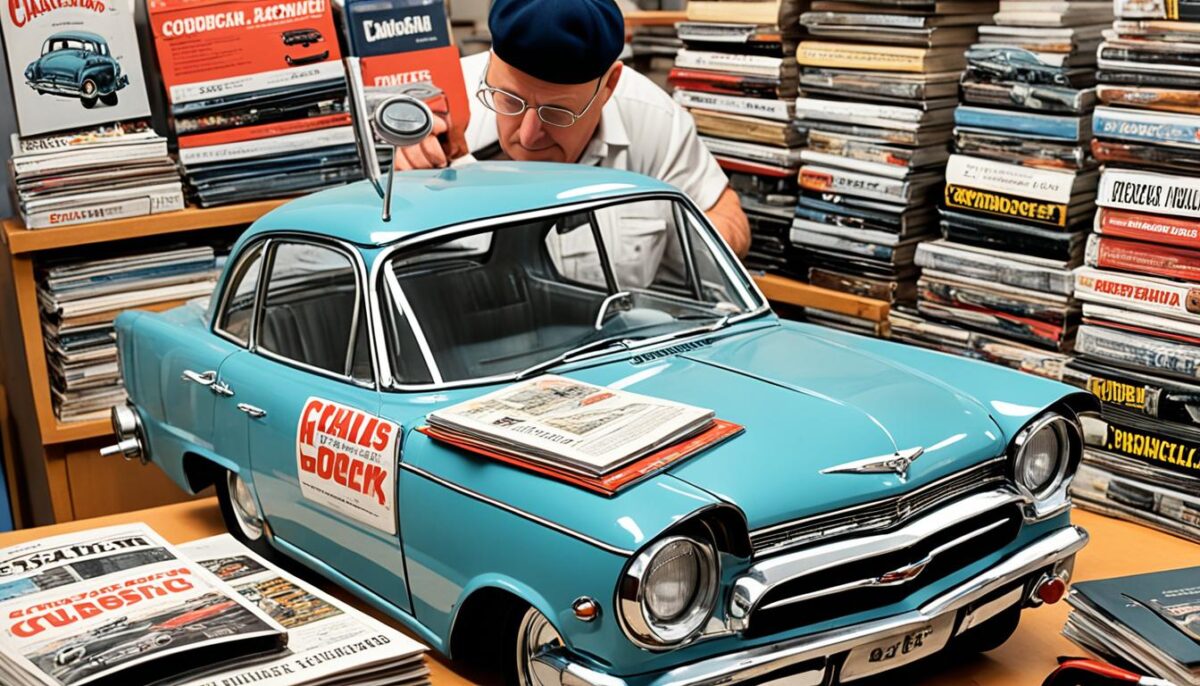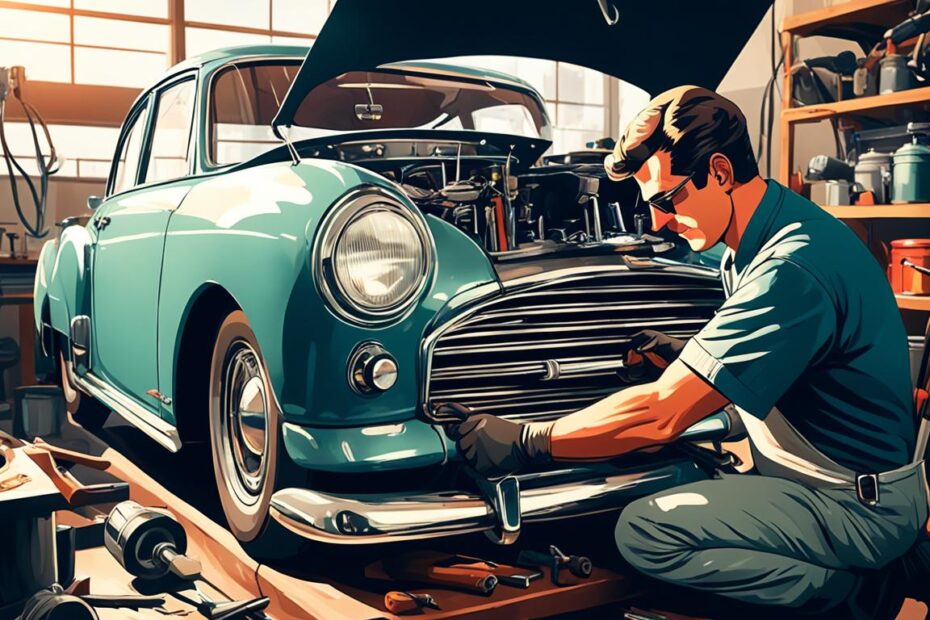As a car enthusiast, I find classic car restoration to be an exhilarating journey, rich with the promise of revitalizing vintage vehicles. The thrill of bringing a piece of automotive history back to life is matched only by the challenge of navigating the nuances of the restoration process. It’s not just about the end result; it’s about the experience, the stories I uncover, and the craftsmanship involved. Research shows that nearly 30% of classic car restorers engage in this hobby not only for the final product but for the satisfaction gained throughout the process. In this guide, I will share essential restoration tips that can help you embark on your own classic car project, ensuring a smooth journey into the world of vintage vehicle restoration.
Understanding the Classic Car Restoration Process
Embarking on a classic car restoration project requires a clear understanding of your specific model and well-defined objectives. Beginning with classic car model research will provide a foundation of knowledge that is essential for the car restoration process.
Researching Your Model
Researching the vehicle history is a vital part of the process. I examine the original specifications and common issues associated with my classic car model. Utilizing resources like Hemmings and the Classic Car Club of America has allowed me to delve into valuable insights, particularly regarding hard-to-find parts and potential restoration costs. Gathering information about classic car specifications prepares me for the work that lies ahead.
Setting Realistic Restoration Goals
After conducting thorough research, the next step involves setting restoration goals that align with the car’s condition and my vision. Understanding that the car restoration process can be lengthy encourages me to be patient and flexible. My goals focus on achieving a balance between authenticity and driving enjoyment while considering budget constraints. By being specific in my restoration goals, I can allocate resources more effectively, ensuring that each phase of the project is manageable.

Planning Your Restoration Project
Embarking on a classic car restoration journey requires thorough planning to ensure a smooth and successful process. The first step towards achieving this is creating a well-considered budget. My experience has taught me that car restoration budgeting should encompass not only the initial purchase price of the classic car but also the costs associated with parts, tools, labor, and potential unexpected expenses. A detailed breakdown allows me to allocate funds effectively across each aspect of the restoration, be it mechanical repairs or bodywork.
Creating a Budget
When determining the overall cost of classic car restoration, I found it helpful to categorize expenses into three groups: essential repairs, cosmetic upgrades, and miscellaneous expenses. By researching the costs associated with specific parts and services online or consulting with other enthusiasts, I can gain a clearer picture of what I might spend. Incorporating a buffer for unplanned costs can also preserve my project’s momentum, making sure I have the financial flexibility to tackle surprises.
Assembling the Right Tools and Materials
Having the right tools for restoration is just as crucial as budget planning. I’ve learned that investing in quality items, such as high-quality jacks, sockets, wrenches, and paint supplies, can significantly impact the restoration process. Therefore, I create a checklist of restoration materials I need ahead of time. This ensures I’m equipped to tackle each step of the project, contributing to a proud and polished result that reflects my dedication, skill, and passion for classic cars.
